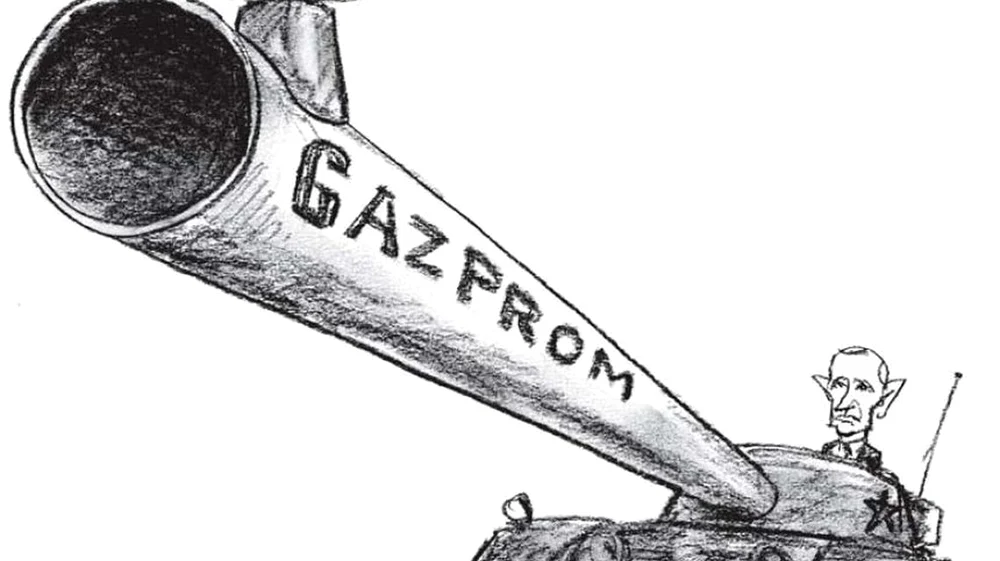Russia’s energy influence in Central Asia is eroding, and investors who continue to bet on Moscow risk substantial losses.
For decades, Russia’s power in the region has been based on energy infrastructure – an extensive network of oil and gas pipelines built to link the economies of Kazakhstan, Turkmenistan and Uzbekistan to the north, towards the Russian market and beyond, to global exports. These connections have generated income for Russian companies and geopolitical influence for the Kremlin.
Today, however, these connections have increasingly become a burden, at a time when Russia is waging a war in Ukraine and facing severe international sanctions, writes Euromaidan Press.
Pipelines still under Moscow’s control
Still, most of Kazakhstan’s oil reaches the port of Novorossiisk on the Black Sea through the Caspian Pipeline Consortium (CPC). Uzbekistan and Kyrgyzstan depend on fuel imports from Russia, including through short-term natural gas contracts. Even Turkmenistan, which exports almost all its gas to China, takes Russia’s position into account in its trade decisions.
Over time, Moscow has used control over transit routes to exert pressure on the Kazakh capital, Astana. At the same time, the contracts signed by Gazprom with Tashkent have a political significance that exceeds their economic value. For many states in the region, Russia continues to be the supplier of last resort.
Connections that fuel the war effort
After Europe drastically reduced energy imports from Russia following the invasion of Ukraine in 2022, these regional relationships have mitigated the economic impact on Moscow. Russia earns revenue from transit fees and retains the possibility of blocking Kazakhstan’s main export route. Gazprom’s exports to Uzbekistan have increased from just over one billion cubic meters in 2023 to over five billion in 2024 – an important source of income and a signal of continued dependence.
Read more HERE

